Home>Gardening & Outdoor>Landscaping Ideas>How To Make Grass Grow Quickly
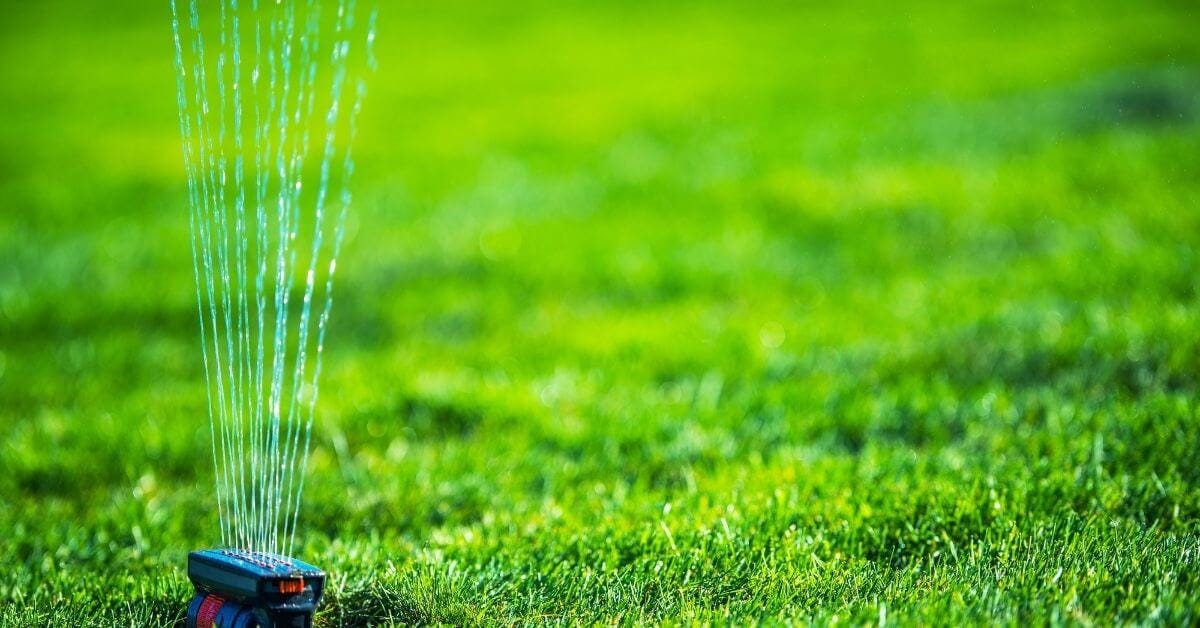

Landscaping Ideas
How To Make Grass Grow Quickly
Modified: October 18, 2024
Learn effective landscaping ideas to make grass grow quickly with our expert tips and techniques. Transform your lawn into a lush green oasis today! Discover the best practices for achieving rapid and healthy grass growth.
(Many of the links in this article redirect to a specific reviewed product. Your purchase of these products through affiliate links helps to generate commission for Storables.com, at no extra cost. Learn more)
Introduction
So, you've decided it's time to transform your outdoor space into a lush, green paradise. Whether you're looking to revamp your existing lawn or create a brand-new one, the key to success lies in understanding how to make grass grow quickly. With the right approach, you can enjoy a vibrant and healthy lawn in no time.
Creating a beautiful lawn not only enhances the aesthetic appeal of your property but also provides a welcoming outdoor space for relaxation and recreation. From choosing the right grass seed to implementing proper care techniques, every step plays a crucial role in the growth and development of your grass.
In this comprehensive guide, we'll explore the essential steps to help you achieve a thriving lawn. You'll learn about selecting the most suitable grass seed, preparing the soil for optimal growth, planting the seeds effectively, and providing the necessary care to promote rapid and healthy grass growth. By following these expert tips, you'll be well on your way to enjoying a picturesque and vibrant lawn that will be the envy of the neighborhood. So, let's dive in and uncover the secrets to making your grass grow quickly and beautifully.
Key Takeaways:
- Choose the right grass seed for your climate, sunlight, and lawn use to kickstart rapid and beautiful grass growth. Quality seeds from reputable suppliers ensure a successful and envy-worthy lawn.
- Prepare the soil, plant the grass seed with care, and maintain consistent watering and fertilization for a lush and inviting lawn. Ongoing maintenance ensures the rapid and healthy growth of your grass.
Read more: How To Make Zoysia Grass Grow Faster
Choose the Right Grass Seed
When it comes to achieving a lush and vibrant lawn, selecting the right grass seed is the crucial first step. The choice of grass seed depends on various factors, including the climate in your region, the amount of sunlight your lawn receives, and the specific purpose of the lawn, whether it’s for ornamental purposes, high-traffic areas, or environmental conservation.
Before purchasing grass seed, it’s essential to research the different types of grass that thrive in your local climate. Cool-season grasses such as Kentucky bluegrass and fescue are well-suited to cooler regions, while warm-season grasses like Bermuda grass and Zoysia grass thrive in warmer climates. Understanding the climate and soil conditions specific to your area will help you narrow down the options and choose the most suitable grass seed for rapid growth.
Consider the amount of sunlight your lawn receives throughout the day. Some grass species, such as fine fescues, are shade-tolerant and are ideal for lawns with limited sun exposure. On the other hand, if your lawn receives ample sunlight, you can opt for sun-loving varieties like perennial ryegrass or tall fescue.
Furthermore, assess the intended use of your lawn. For high-traffic areas where children and pets frequently play, durable and resilient grass species like tall fescue and Bermuda grass are excellent choices. Alternatively, if you’re aiming for an ornamental lawn with a fine texture and lush appearance, consider grass types such as Kentucky bluegrass and fine fescues.
When purchasing grass seed, look for high-quality, certified seeds from reputable suppliers. These seeds are often free from weeds and contain a high germination rate, ensuring a successful and rapid establishment of your lawn. By carefully considering these factors and selecting the most suitable grass seed for your specific needs, you set the stage for a successful and thriving lawn that will flourish quickly and beautifully.
Prepare the Soil
Before planting the grass seed, it’s essential to prepare the soil to create an optimal environment for rapid and healthy grass growth. Soil preparation plays a critical role in providing the necessary nutrients, aeration, and moisture retention for the seeds to germinate and establish strong roots.
Begin by clearing the area of any debris, rocks, or existing vegetation. Use a rake or a specialized lawn dethatcher to remove thatch, which can hinder the growth of new grass. Thatch is a layer of dead grass and organic matter that accumulates on the soil’s surface, and its removal allows for better seed-to-soil contact, promoting successful germination.
Next, conduct a soil test to assess the pH level and nutrient content of the soil. Most grass species thrive in slightly acidic soil with a pH range of 6.0 to 7.0. If the soil pH is outside this range, amendments such as lime or sulfur can be added to adjust the acidity levels and create an ideal growing environment for the grass seed.
Once the soil test results are available, it’s time to address any nutrient deficiencies. Adding a layer of organic matter, such as compost or well-rotted manure, can improve the soil structure and enrich it with essential nutrients. Work the organic matter into the soil using a garden tiller or a shovel, ensuring that it is evenly distributed to a depth of at least 4 to 6 inches.
After amending the soil, use a lawn roller or a garden roller to compact the soil slightly, creating a firm and level surface for planting the grass seed. Avoid excessive compaction, as this can hinder root development and water infiltration. Finally, gently rake the soil to create a fine, crumbly texture, which provides an ideal seedbed for planting.
By diligently preparing the soil before planting the grass seed, you create a nurturing foundation for rapid and robust grass growth. The well-prepared soil provides the essential elements for successful germination and establishes the groundwork for a thriving and resilient lawn.
Plant the Grass Seed
Now that the soil is meticulously prepared, it’s time to proceed with the crucial step of planting the grass seed. Proper planting techniques are essential for ensuring successful germination and the establishment of a healthy and dense lawn.
Begin by selecting an appropriate spreader for distributing the grass seed. For smaller areas, a handheld spreader may suffice, while larger areas might require a broadcast spreader for efficient and uniform seed distribution. Follow the manufacturer’s instructions to set the spreader at the recommended application rate for the specific grass seed you’ve chosen.
Divide the total amount of grass seed into two equal portions, and spread the first portion evenly over the area, walking in one direction. Then, apply the second portion perpendicular to the first direction to ensure thorough coverage. Pay close attention to avoid overlapping, as this can result in uneven growth patterns.
After spreading the grass seed, lightly rake the soil to cover the seeds with a thin layer of soil, ensuring good seed-to-soil contact. This step is crucial for promoting germination and protecting the seeds from birds and other potential disturbances. Avoid burying the seeds too deeply, as this can impede their ability to sprout and emerge from the soil.
Once the seeds are evenly distributed and lightly covered, gently compact the soil using a lawn roller or by walking over the area. This helps secure the seeds in place and ensures that they remain in contact with the soil, promoting successful germination and root development.
After planting the grass seed, it’s essential to provide consistent moisture to support germination and early growth. Water the seeded area lightly immediately after planting, and continue to keep the soil consistently moist until the grass reaches a mowing height. Avoid overwatering, as this can lead to seed displacement and hinder germination.
By following these precise steps for planting the grass seed, you create an optimal environment for successful germination and the establishment of a lush and vibrant lawn. With proper planting techniques and diligent care, you’ll soon witness the emergence of healthy grass seedlings, marking the beginning of a beautiful and rapidly growing lawn.
Water your grass deeply and infrequently, early in the morning or late in the evening. Use a fertilizer with a high nitrogen content to promote rapid growth. Keep the grass at a moderate height to encourage healthy growth.
Water the Grass
Proper watering is essential for nurturing newly planted grass seed and ensuring its healthy and vigorous growth. Adequate moisture is a critical factor in promoting germination and establishing strong, resilient roots, setting the stage for a lush and thriving lawn.
After planting the grass seed, it’s crucial to maintain consistent soil moisture to support germination. Water the seeded area lightly immediately after planting to ensure that the soil is thoroughly moistened. Using a fine mist setting on a garden hose or a specialized sprinkler designed for seedbeds can help achieve gentle and even watering without disturbing the seeds.
During the germination and early growth stages, it’s important to keep the soil consistently moist but not waterlogged. Light, frequent watering is recommended to prevent the soil from drying out, especially in warmer and drier conditions. Aim to keep the top inch of soil consistently moist, as this provides the ideal environment for the grass seed to sprout and establish strong roots.
As the grass seedlings begin to emerge and grow, gradually transition to a deeper and less frequent watering schedule. This encourages the development of deeper root systems, making the grass more resilient to drought conditions and promoting overall lawn health. Water the grass deeply, allowing the moisture to penetrate the soil to a depth of at least 6 inches, promoting strong and robust root growth.
Monitor the soil moisture regularly and adjust the watering schedule based on weather conditions, ensuring that the grass receives adequate hydration without excess water accumulation. Overwatering can lead to shallow root development, increased susceptibility to diseases, and a weakened overall lawn structure.
During periods of hot and dry weather, pay close attention to the grass’s water needs and provide supplemental irrigation as necessary. Early morning is often the best time to water the lawn, as it allows the grass blades to dry before evening, reducing the risk of fungal diseases. Additionally, watering in the morning minimizes water loss due to evaporation and ensures efficient absorption by the soil.
By implementing a well-managed watering regimen, you provide the essential moisture required for the rapid and healthy growth of your grass. Consistent and attentive watering practices contribute to the development of a robust and vibrant lawn, creating an inviting outdoor space for relaxation and enjoyment.
Read more: How To Make Grass Roots Grow Deeper
Fertilize the Grass
Fertilization is a key aspect of promoting rapid and healthy grass growth, providing essential nutrients that support vigorous development and overall lawn vitality. By applying the right type and amount of fertilizer at the appropriate times, you can enhance the color, density, and resilience of your grass, contributing to a lush and thriving lawn.
Before applying fertilizer, it’s important to understand the specific nutrient requirements of your grass and the soil conditions in your lawn. A soil test can provide valuable insights into the existing nutrient levels and pH balance, guiding you in selecting the most suitable fertilizer formulation and application schedule.
Choose a high-quality, slow-release fertilizer specifically formulated for the type of grass you are growing and the specific needs of your lawn. Slow-release fertilizers deliver nutrients gradually over an extended period, promoting consistent and sustained grass growth while minimizing the risk of nutrient leaching and environmental impact.
Early spring and late fall are optimal times for fertilizing cool-season grasses, while warm-season grasses benefit from fertilization during their active growth periods in late spring and summer. By aligning the fertilizer application with the grass’s natural growth cycles, you provide the nutrients when the grass can most effectively utilize them, maximizing the impact of the fertilizer on rapid and robust growth.
When applying fertilizer, use a broadcast spreader to ensure even coverage across the entire lawn. Follow the manufacturer’s instructions regarding the proper application rate and technique to achieve uniform distribution without the risk of over-application, which can lead to nutrient imbalances and potential damage to the grass.
After applying the fertilizer, water the lawn lightly to help the granules dissolve and the nutrients penetrate the soil. This encourages efficient nutrient uptake by the grass roots and sets the stage for enhanced growth and vitality. Be mindful of potential environmental considerations, such as avoiding fertilizer application near water bodies and following local regulations for responsible fertilization practices.
Regular fertilization, combined with proper watering and mowing techniques, contributes to the rapid and healthy growth of your grass, resulting in a vibrant and resilient lawn. By providing the essential nutrients your grass needs to thrive, you’ll create an inviting outdoor space that enhances the beauty and enjoyment of your property.
Maintain the Grass
Once your grass has established and is thriving, ongoing maintenance is essential to ensure its continued health and vibrancy. Proper maintenance practices contribute to the rapid and robust growth of your grass, creating a lush and inviting lawn that enhances the beauty of your outdoor space.
Regular mowing is a fundamental aspect of grass maintenance, promoting healthy growth and a neat, well-manicured appearance. Adjust your mower to the appropriate cutting height for the specific grass species in your lawn, ensuring that you do not remove more than one-third of the grass blade length in a single mowing session. This encourages strong root development and helps the grass withstand environmental stressors, contributing to rapid and healthy growth.
Additionally, sharpening the mower blades regularly ensures clean and precise cuts, preventing frayed grass blades that are more susceptible to disease and environmental damage. Mow the lawn when the grass is dry to achieve optimal results, and vary the mowing pattern with each session to prevent soil compaction and encourage upright grass growth.
Regular aeration of the lawn is another important maintenance practice that supports rapid grass growth. Core aeration alleviates soil compaction, improves air and water penetration, and stimulates root development, creating an optimal environment for the grass to thrive. Aeration is particularly beneficial in high-traffic areas and lawns with heavy clay soil, promoting the overall health and vitality of the grass.
Keep an eye on the overall health of your grass and address any issues promptly. Regularly inspect the lawn for signs of pests, diseases, or weed infestations, and take appropriate measures to mitigate these challenges. Implementing integrated pest management strategies and practicing responsible weed control contribute to the ongoing health and rapid growth of your grass.
Consistent and attentive watering remains crucial during the maintenance phase, especially during periods of hot and dry weather. Adjust the watering schedule based on seasonal changes and the specific needs of your grass, ensuring that it receives adequate moisture to support vigorous growth and overall health.
By maintaining a proactive and attentive approach to lawn care, you provide the essential support and nurturing environment for the rapid and healthy growth of your grass. Through diligent maintenance practices, you’ll enjoy a vibrant and resilient lawn that enhances the visual appeal and enjoyment of your outdoor living space.
Conclusion
Transforming your outdoor space into a lush and vibrant oasis begins with understanding the essential steps to make your grass grow quickly and beautifully. By carefully selecting the right grass seed tailored to your local climate and lawn requirements, preparing the soil to create an optimal growing environment, and planting the seeds with precision, you set the stage for the rapid establishment of a healthy and resilient lawn.
Consistent and attentive care, including proper watering, timely fertilization, and proactive maintenance, plays a pivotal role in nurturing the growth of your grass and ensuring its ongoing health and vitality. By following expert tips and best practices, you can achieve a picturesque and thriving lawn that enhances the beauty and enjoyment of your property.
Remember, the key to success lies in a holistic approach to lawn care, encompassing not only the initial steps of grass establishment but also the ongoing maintenance and attentive nurturing of your lawn. By providing the essential elements for rapid and healthy grass growth, you’ll soon revel in the beauty of a lush and inviting outdoor space that serves as a welcoming retreat for relaxation and recreation.
Embrace the journey of cultivating a thriving lawn, and savor the rewards of your efforts as you witness the rapid and beautiful growth of your grass. With the right knowledge and a touch of dedication, you’ll soon enjoy the satisfaction of a stunning and vibrant lawn that stands as a testament to your commitment to creating a captivating outdoor environment.
Frequently Asked Questions about How To Make Grass Grow Quickly
Was this page helpful?
At Storables.com, we guarantee accurate and reliable information. Our content, validated by Expert Board Contributors, is crafted following stringent Editorial Policies. We're committed to providing you with well-researched, expert-backed insights for all your informational needs.
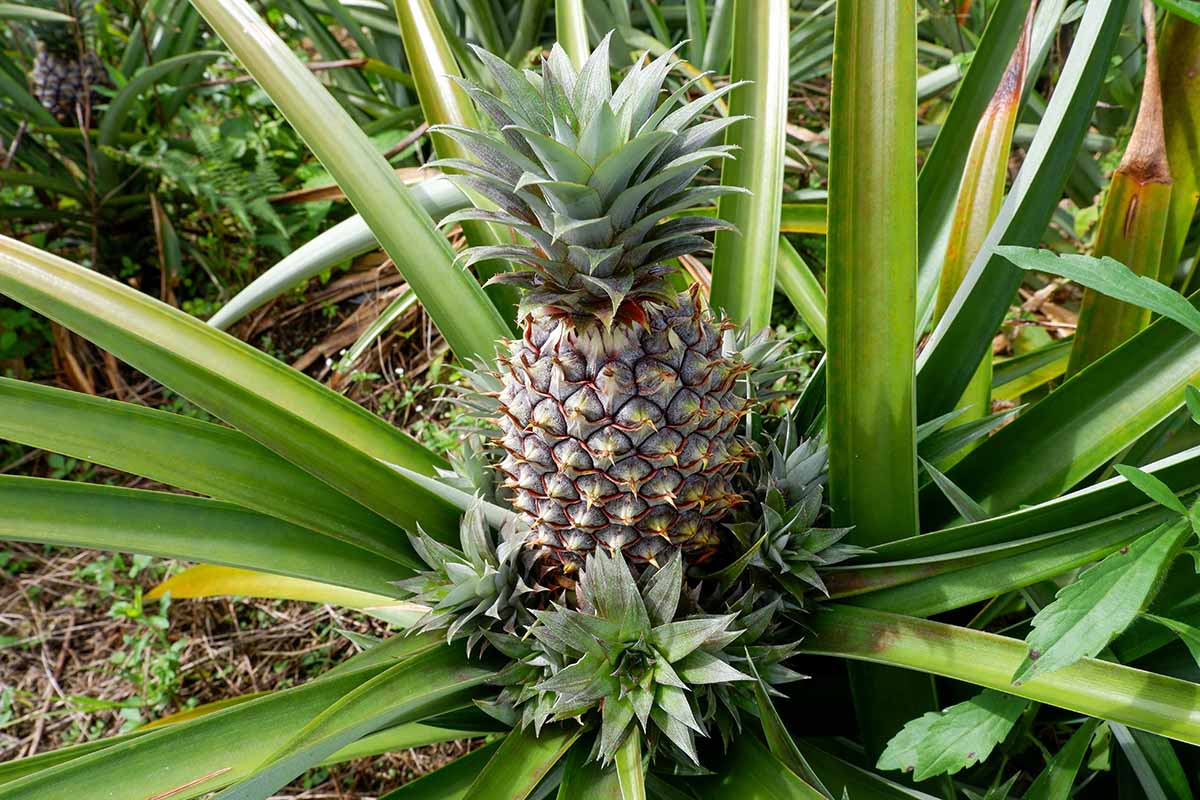
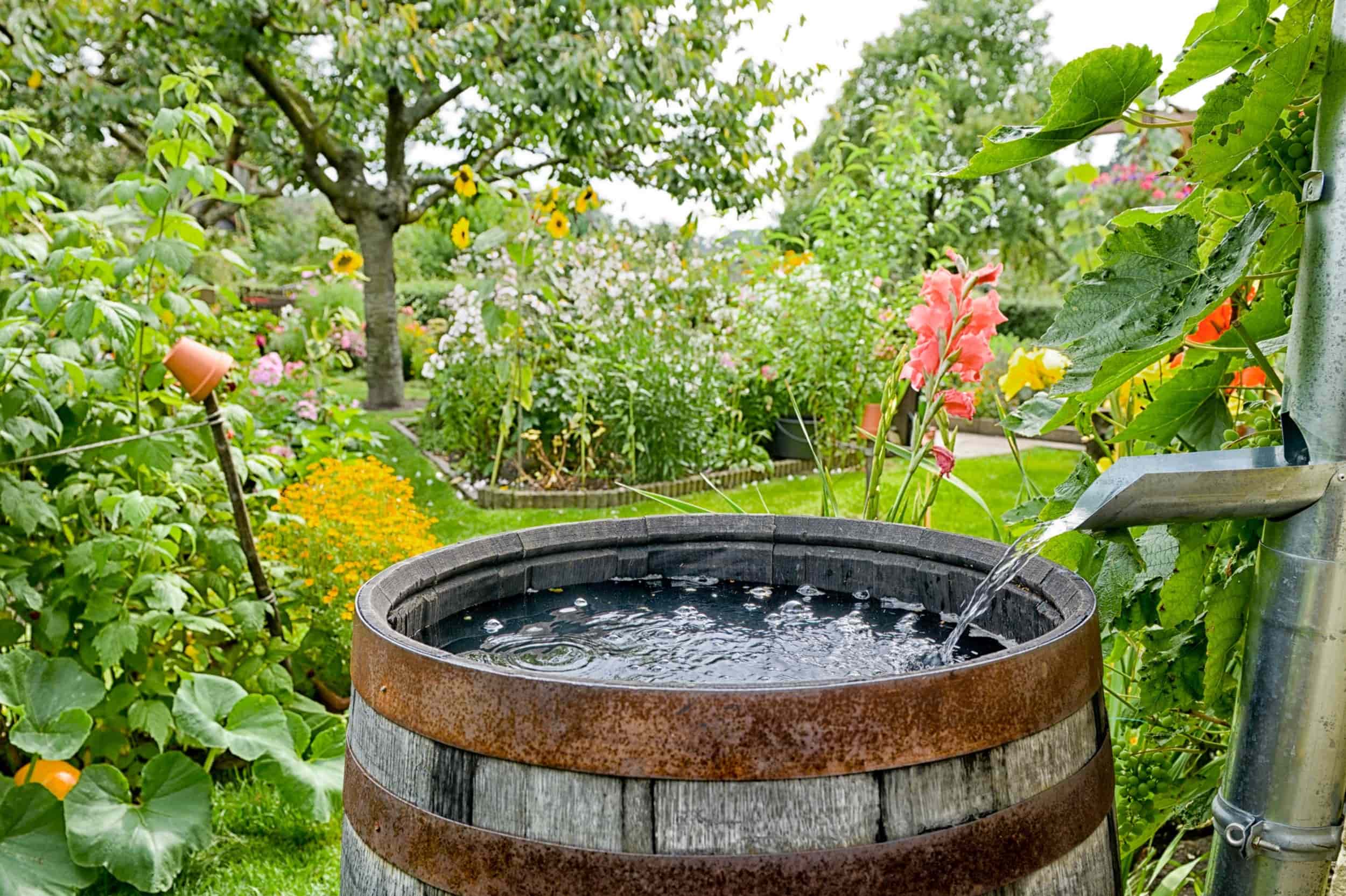
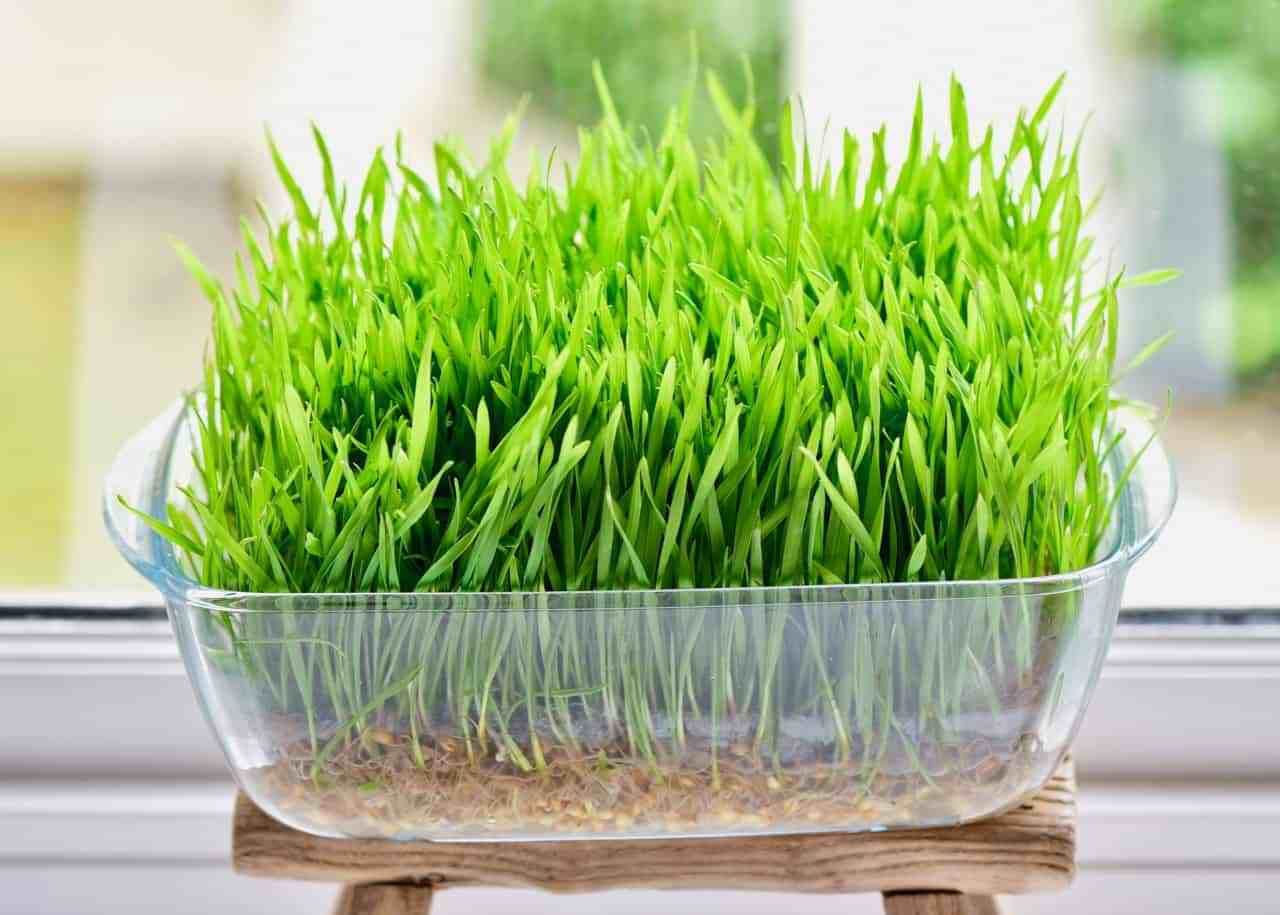

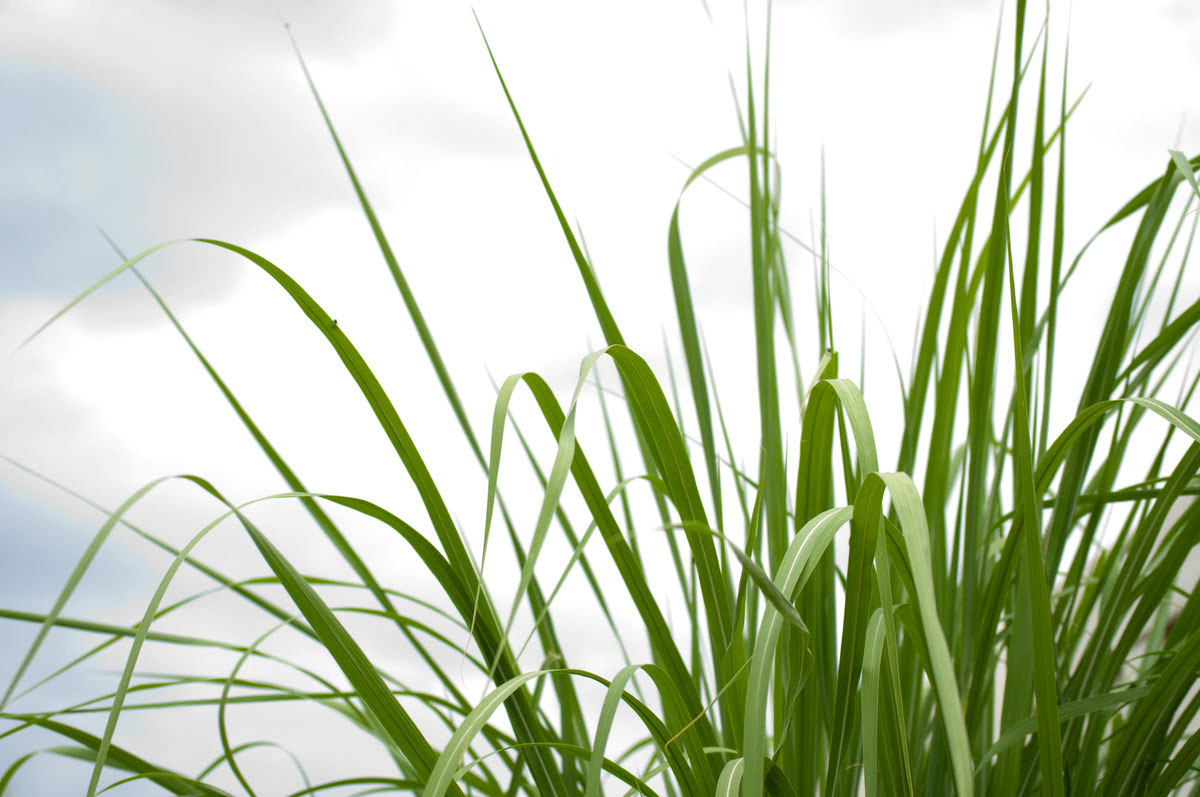
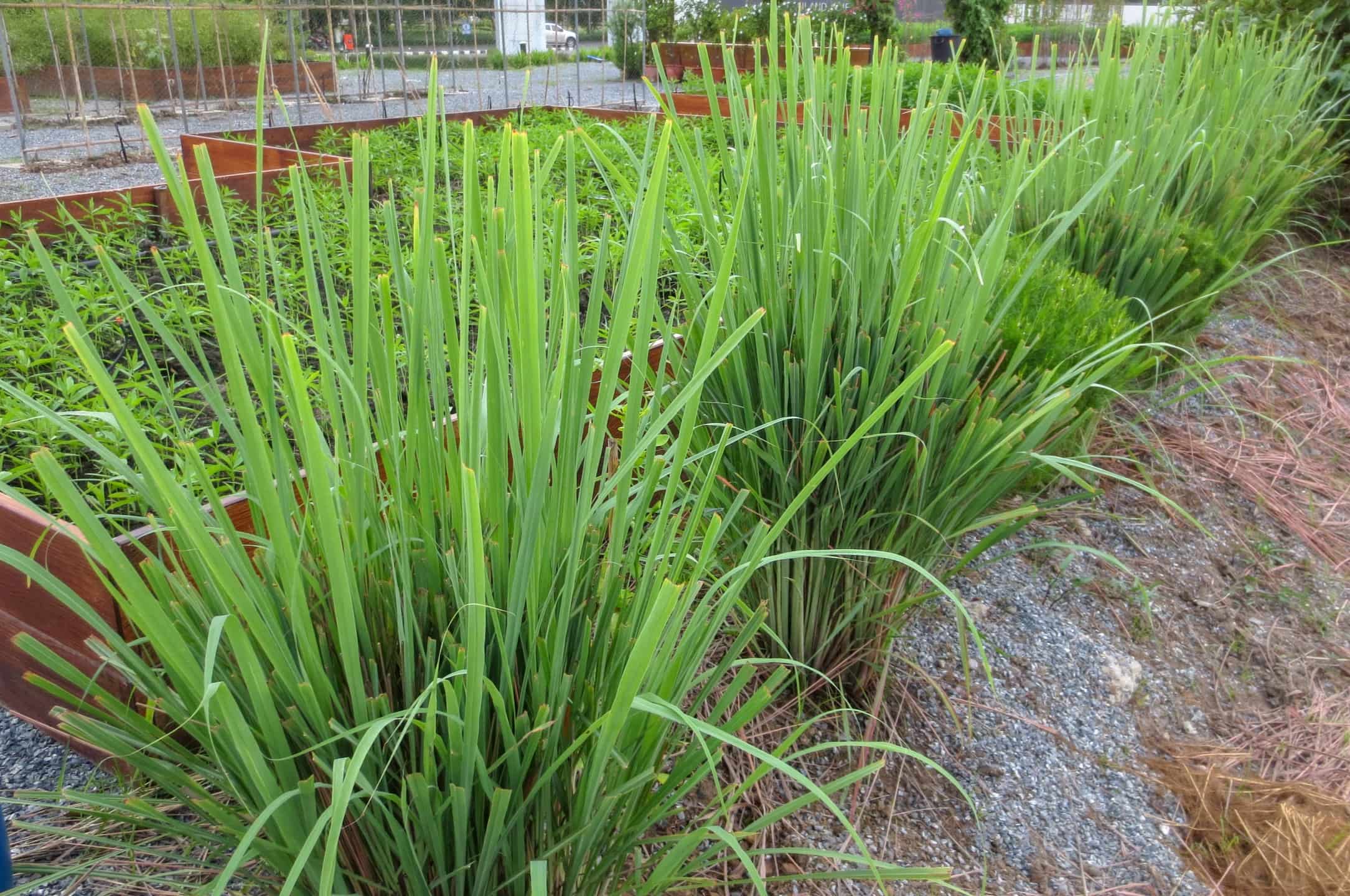
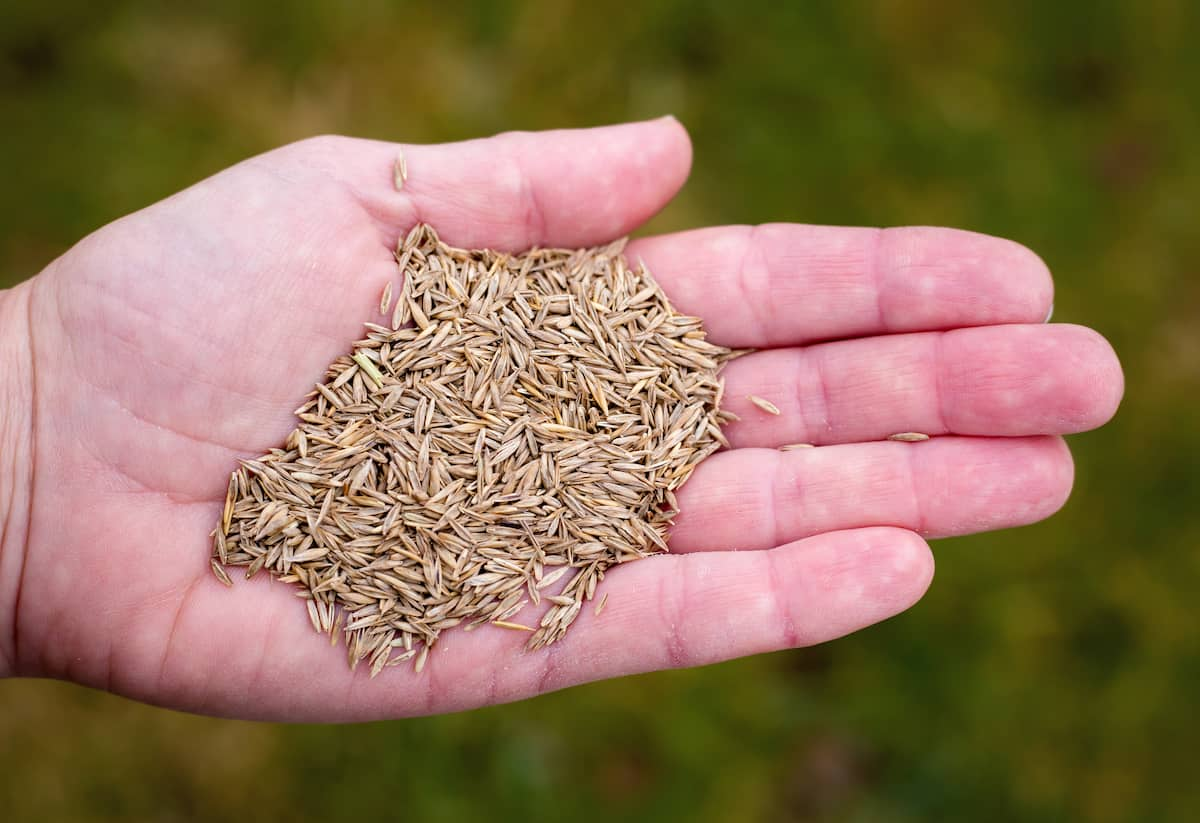


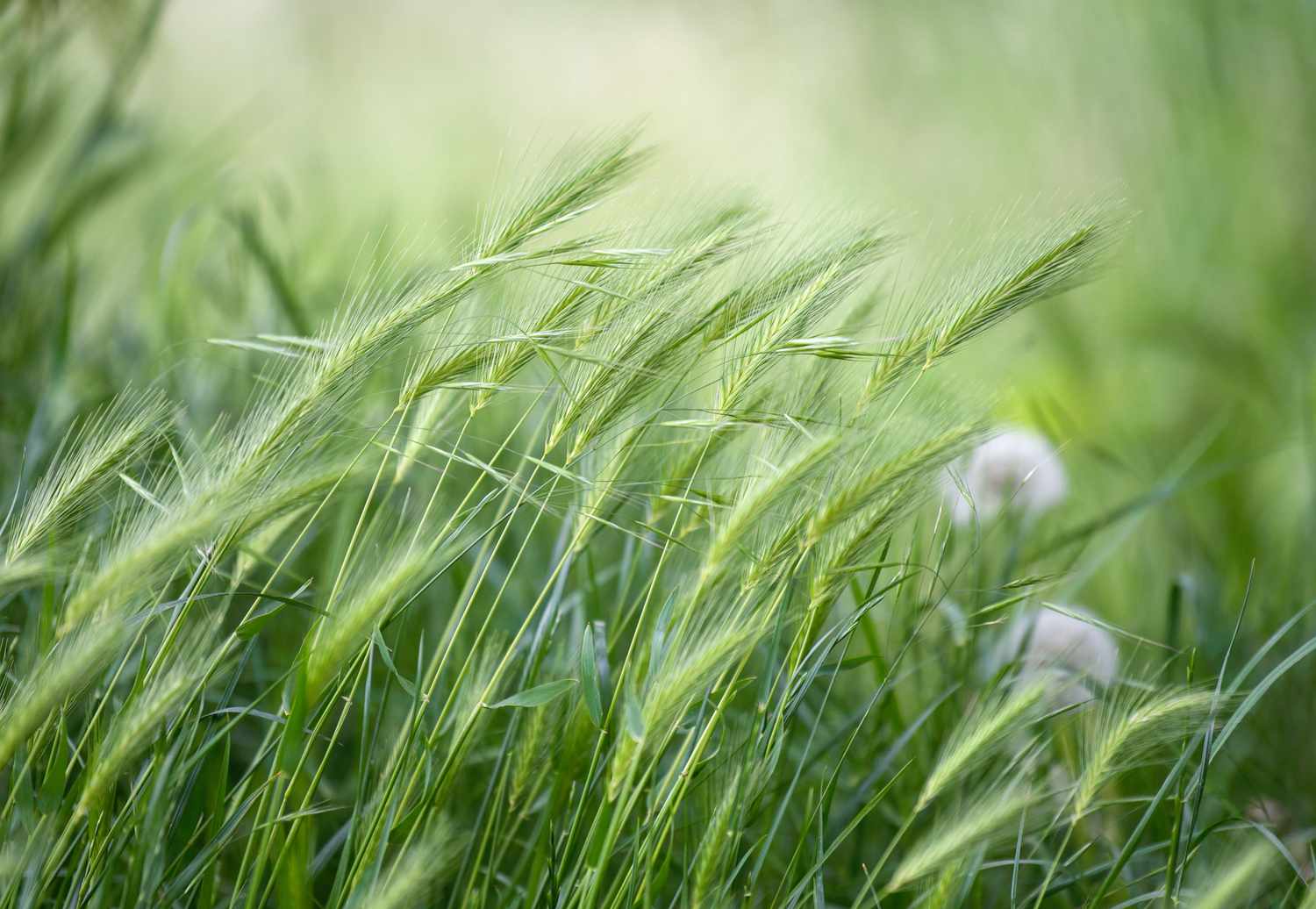
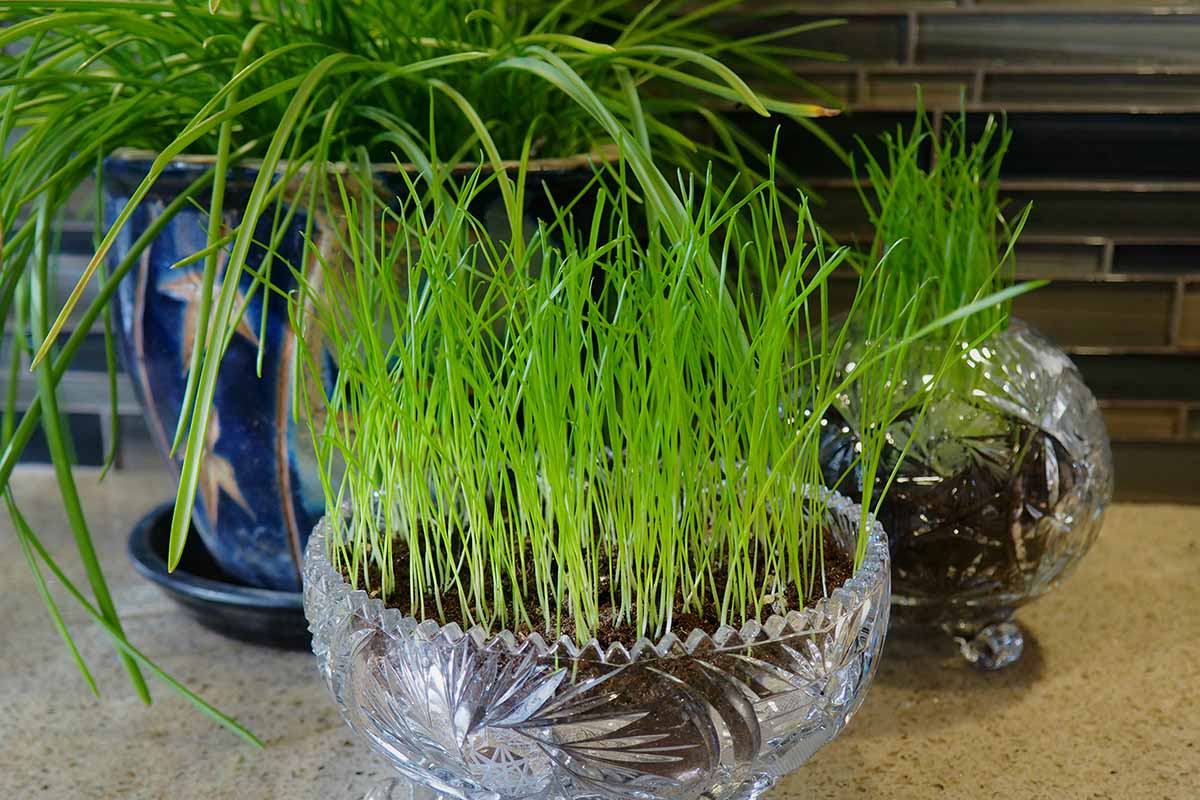
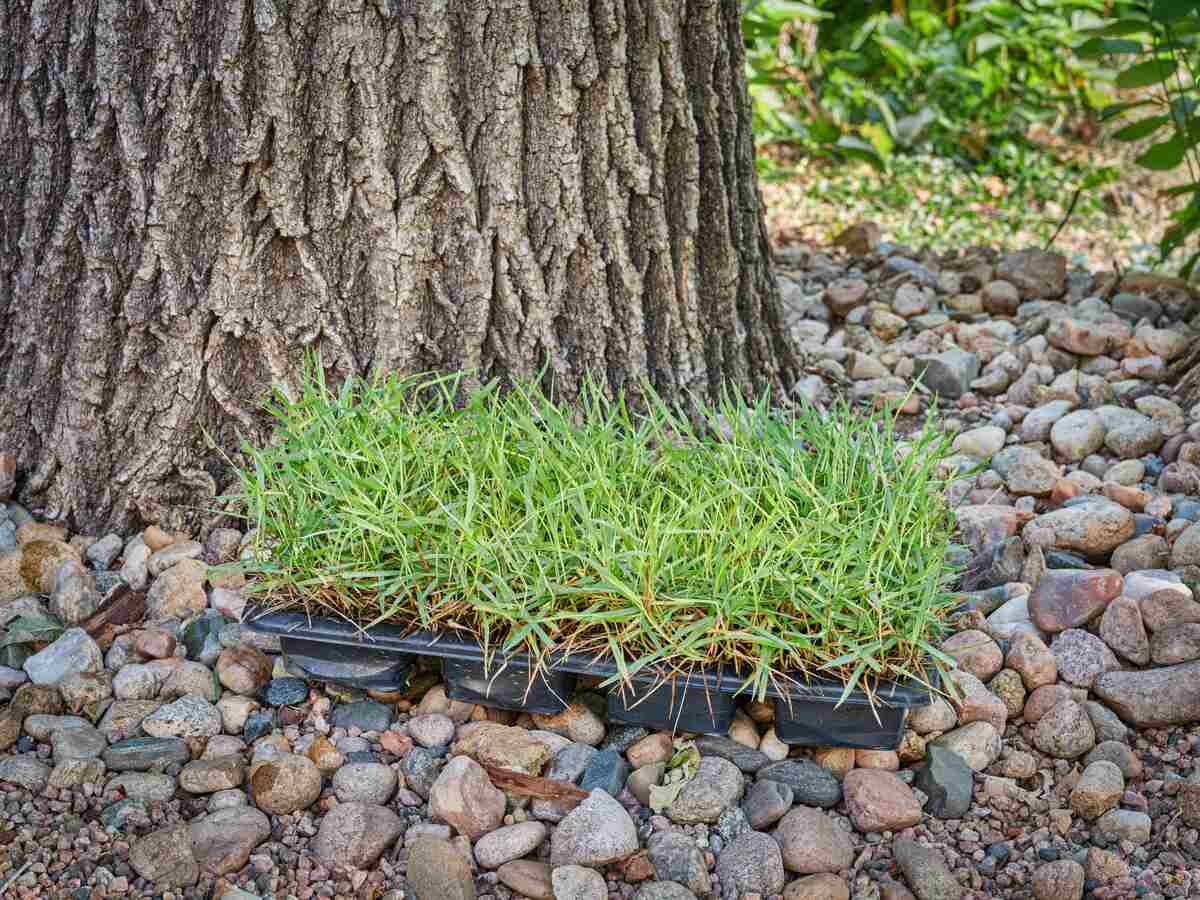

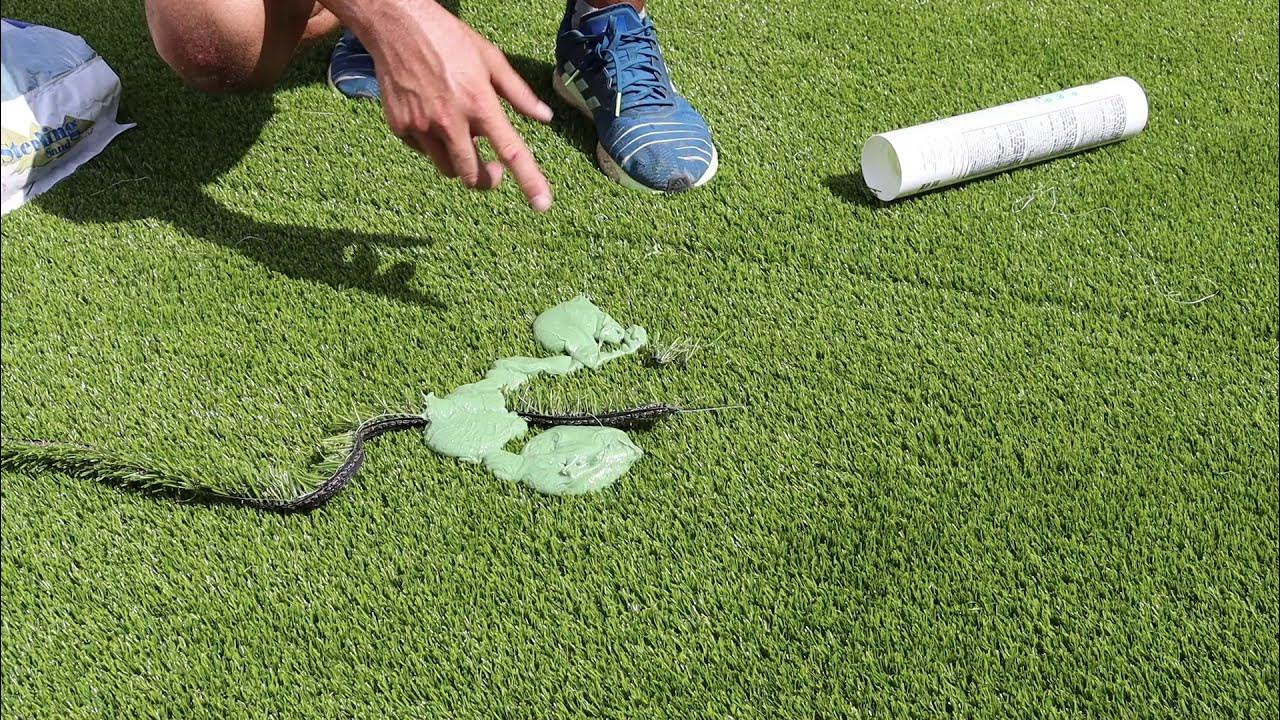

0 thoughts on “How To Make Grass Grow Quickly”